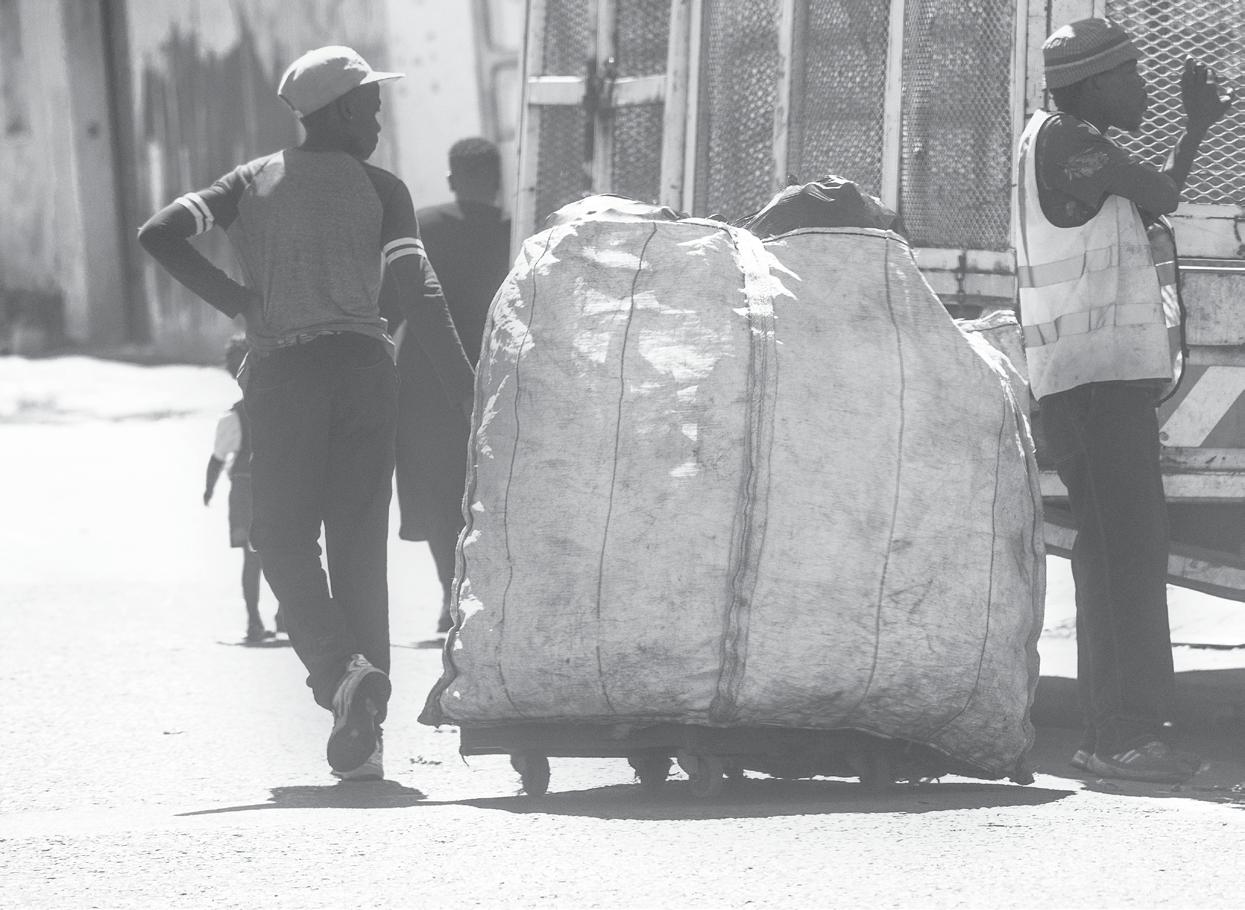E N V I R O N M E N TA L M A N A G E M E N T
Restoration of critical rail link JG Afrika recently completed hydrological, topographical, sedimentation and climate studies to greatly assist the Malawian government to rebuild railway infrastructure in an area prone to devastating floods. By Simon Johnson*
T
he railway line extends from the Mozambican border in the south of Malawi, to Bangula, at the confluence of the Shire and Ruo rivers. Here, it crosses extensive floodplain areas, before travelling adjacent to the Ruo River to Sandama, and onwards to the Limbe Station in Blantyre, one of Malawi’s main commercial hubs. The study focused on the section of the railway line where significant flooding occurred in January 2015 as a result of cyclonic activity. Floods caused massive erosion and wash-away damage on several sections of the railway line near the river. Several bridges also washed away. The infrastructure is important, as it acts as a link to the Mozambican port of Beira, and the damage has had profound negative socioeconomic impacts on an already impoverished area of the country.
Addressing the damage Before January 2015, Malawi was undertaking preliminary design of upgrades to the railway infrastructure in this area. However, considering the extent of the damage caused by the floods, it decided to first appoint specialists to undertake
40
M AY 2 0 2 0
|
ReSource
Bridges damaged during flooding from the Ruo River were modelled for the design of rehabilitation measures
hydrological, topographical, sedimentation and climate studies to better inform the repairs. The government received financing from the International Development Association toward the cost of the Malawi Floods Emergency Recover y Project (MFERP). Through the MFERP Project Implementation Unit (PIU), the government appointed a joint venture between JG Afrika and Royal HaskoningDHV (RHDHV), in association with a local Malawian company, Majiatua Engineering Ser vices International (MESI), to undertake the study. JG Afrika, who led the study, was responsible for most of the outputs and was supported by RHDHV on the sedimentation studies. MESI provided important in-country support, as well as hydrological input and context of the working environment. Survey support services were provided by Southern Mapping and Surveys Malawi.
Successful delivery Initial challenges included the lack of rainfall and stream flow data in the area to calibrate the models, which led to the deployment of less dataintensive methods to obtain the required outputs. Considering the dynamic nature of the confluence area from a hydraulic and sedimentation perspective, modelling of the flows and the subsequent water levels was a particularly complex undertaking. Community members were a wealth of information, providing the team with a historical account of the various flooding events, including flood lines at stream flow gauges and on buildings in the area. The area could also only be accessed safely during the dry season. Wet roads and steep topography, combined with the risk of flooding, make certain areas inaccessible and others dangerous during the wet season.
The outcomes of the study were workshopped with a variety of different local and national stakeholders. Notably, the joint venture’s work, including simulated flood levels, was accepted by the authorities shortly before Cyclone Idai made landfall in March 2019. The extent of the flooding experienced during the cyclone mirrored the simulations generated during the study and acted as a further validation of its outputs. Regrettably, there was further loss of life in the area and the extent of damage again reiterated the need to accelerate the rehabilitation of this infrastructure to build resilience and reduce the vulnerability of the people living in the area. JG Afrika would like to acknowledge the support, vision and commitment of the MFERP PIU and Geoffrey Magwede, director: Railway Services at the Government of Malawi, whose oversight and guidance were instrumental in the development of a strong partnership with the study team and ultimately led to the successful delivery of the project.
*Simon Johnson is a technical director at JG Afrika.
Erosion of the railway line adjacent to the Ruo River looking across to Mozambique



















